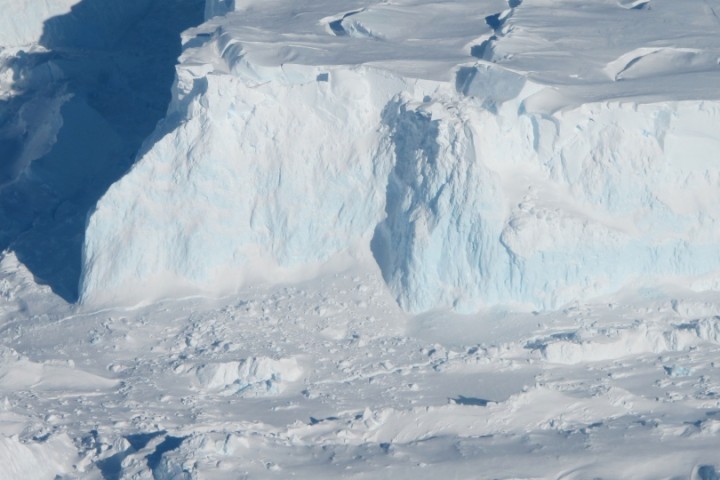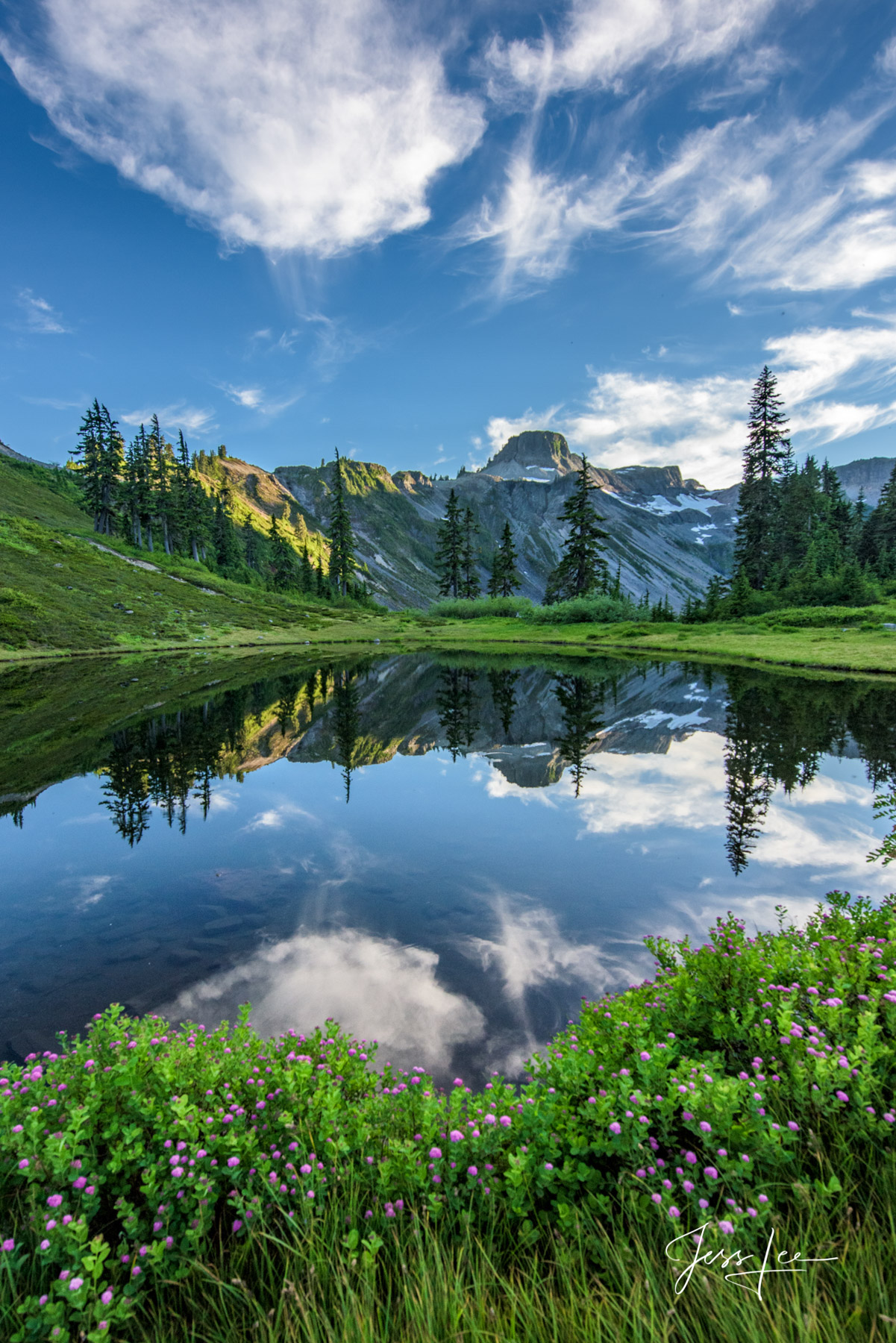Scientists warn critical ice shelf in Antarctica could shatter within 5 years

Satellite images taken as recently as last month, which researchers presented at the annual meeting of the American Geophysical Union Monday, suggest the critical ice shelf keeping together the Thwaites glacier in western Antarctica -- an important defence against global sea level rise -- could shatter within the next three to five years.
Antarctica's Thwaites glacier is known as the "Doomsday glacier," due to the serious risk it poses during its melting process. It has dumped billions of tons of ice into the sea, and its demise could lead to irreversible changes throughout the planet.
The glacier, which equals the size of Florida or Great Britain, already accounts for about 4% of annual global sea level rise, loses roughly 50 billion tons of ice each year, and is becoming highly vulnerable to the climate crisis. The fall of the ice shelf could bring the impending collapse of Antarctica's critical glacier.
If the Thwaites collapsed, the event could raise sea levels by several feet, researchers say, putting coastal communities as well as low-lying island nations further at risk.
But Ted Scambos, a glaciologist at the University of Colorado Boulder, and a leader of the International Thwaites Glacier Collaboration, said it will still be decades before the world will see real acceleration and an additional uptick in sea level rise.
"What is attention-getting about Thwaites is that the change will proceed with fairly dramatic, measurable results within the next few decades," Scambos told CNN.
For now, the glacier is being held back by a critical floating ice shelf.
"What's most concerning about the recent results is that it's pointing to a collapse of this ice shelf, this kind of safety band that holds the ice on the land," Peter Davis, oceanographer with the British Antarctic Survey, told CNN. "If we lose this ice shelf, then the glacier will flow into the ocean more quickly, contributing towards sea level rise."
Warming ocean waters play a key role in driving the rapid deterioration. A 2020 study by the International Thwaites Glacier Collaboration, which is currently leading ongoing research in the Antarctic, found the ocean floor is deeper than scientists previously thought, with deep passages allowing warm ocean water to melt the underside of the ice.
The observations show the critical ice shelf keeping the Thwaites together is loosening its grip on the underwater mountain, or the seamount, which acts as a reinforcement against the ice river from flowing into the warm ocean. Researchers also found the so-called "ice tongue" of the Thwaites Glacier is simply now a "loose cluster of icebergs," which no longer influences the stable part of the eastern ice shelf.
Warm water also threatens the so-called "grounding zone," where the ice meets the seabed. Davis and his team used hot water to drill access holes from the surface of the ice shelf and deep into the ocean cavity underneath. In doing so, they discovered not only are the ocean waters in the grounding line warm, by polar standards, but it is also salty, priming the landscape for further erosion.
Peter Washam, a research associate at Cornell University, who is also involved with the research, said the physical features of the grounding zone shows signs of chaos, such as warm water, rugged ice, and a steep, sloping bottom that allows the water to rapidly melt the ice sheet from below.
"In the coming years, we expect the Thwaites grounding line in the region to slowly retreat up the seabed slope that it currently rests on as the warm ocean eats away at its underside," Washam told CNN. His team used an underwater vehicle called Icefin that makes it easier to study ice and water around and beneath ice shelves.
The bottom line, according to Davis, is Antarctica's Thwaites Glacier is rapidly deteriorating. The warm ocean water is slowly erasing the ice underneath, causing water to flow faster, fracturing more of the ice, and bringing the looming threat of a collapse even closer.
"From the satellite data, we're seeing these big fractures spreading across the ice shelf surface, essentially weakening the fabric of the ice; kind of a bit like a windscreen crack," he said. "It's slowly spreading across the ice shelf and eventually it's going to fracture into lots of different pieces."
Scambos said while the process is extremely slow-moving and real impacts won't be felt until several decades later, it is nearly impossible to stop it.
"This is a geologic process, but happening at almost a human-lifetime scale," he said. "As a disaster for people alive today, it is extremely slow-moving. The best path is to try to slow the forces that are pushing the ice in this direction."
And as the ramifications of the climate crisis spread around the globe, the researchers say expanding scientific research to understand changes in both the Arctic and Antarctic regions is critical to planning mitigation strategies such as coastal defences in vulnerable communities.
"We can't really do anything to stop this from happening," besides slowing it down, Davis said. "The way that we've gone with our carbon emissions so far has caused these changes to occur — and essentially, we're taking the consequences of what we've been emitting over the last couple of decades, if not longer."

